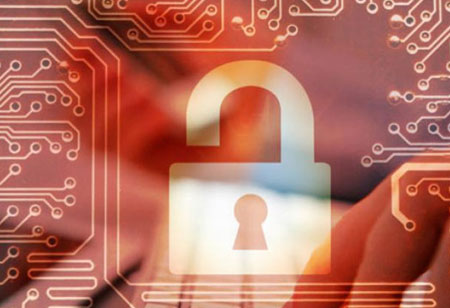THANK YOU FOR SUBSCRIBING
Fortifying Healthcare Facilities with 2FA
Two-factor authentication is a security measure which authenticates individuals through two series of validation and security procedure.

By
Apac CIOOutlook | Wednesday, May 01, 2019
Stay ahead of the industry with exclusive feature stories on the top companies, expert insights and the latest news delivered straight to your inbox. Subscribe today.
With an endless stream of hackers and cybercriminals around the globe finding new chinks in IT armor every day, and increasing numbers of digitized, sensitive information to plunder, it is essential for both individuals and businesses to reinforce their electronic locks. This is where two-factor authentication (2FA) steps up a covered entity’s game in security.
Two-factor authentication is a security measure which authenticates individuals through two series of validation and security procedure. It is based on a combination of logical, physical, or biometric validation techniques which help secure a facility, service or product.
The health insurance portability and accountability act (HIPAA) is federal legislation which lays ground rules and mandatory standards which have to be followed by hospitals, physicians, health plans, and other health providers with regard to safeguarding the Protected Health Information (PHI) of the patients. The sole purpose of the HIPAA password requirements is to limit unnecessary or inappropriate access to and disclosure of PHI. Authentication with two factors perfectly fulfills this requirement. An individual using a username and password to log into a database containing PHI must also insert a PIN code to confirm his identity, whether by SMS notification or push notification.
Check Out: Top Healthcare Technology Companies
A compromised password on its own will not give a hacker access to the secure database as a unique PIN code is issued with each login attempt. Before implementing two-factor authentication to protect PHI, the only aspect which needs to be remembered is that the reasons for implementing the alternative solution need to be documented because the HIPAA Password requirements are addressable safeguards. This will meet the HIPAA requirements for conducting a risk analysis and also satisfy auditors if HHS HIPAA audit program selects the covered entity to be investigated.
Accessing password-protected accounts from secondary devices, due to keylogging malware, increases the risk of data breach. On mobile devices and computers, this type of malware runs undetected, secretly recording each keystroke in a file for a hacker to retrieve later. As this is a predictable risk to the security of PHI, covered entities must either introduce policies to limit users to the devices from which they can access password-protected accounts, or find an alternative to meet the requirements of HIPAA password.
Two-factor authentication indeed plays a crucial role in enabling enterprises to meet the security rule parameters and maintain an ecosystem that is compliant with HIPAA.





